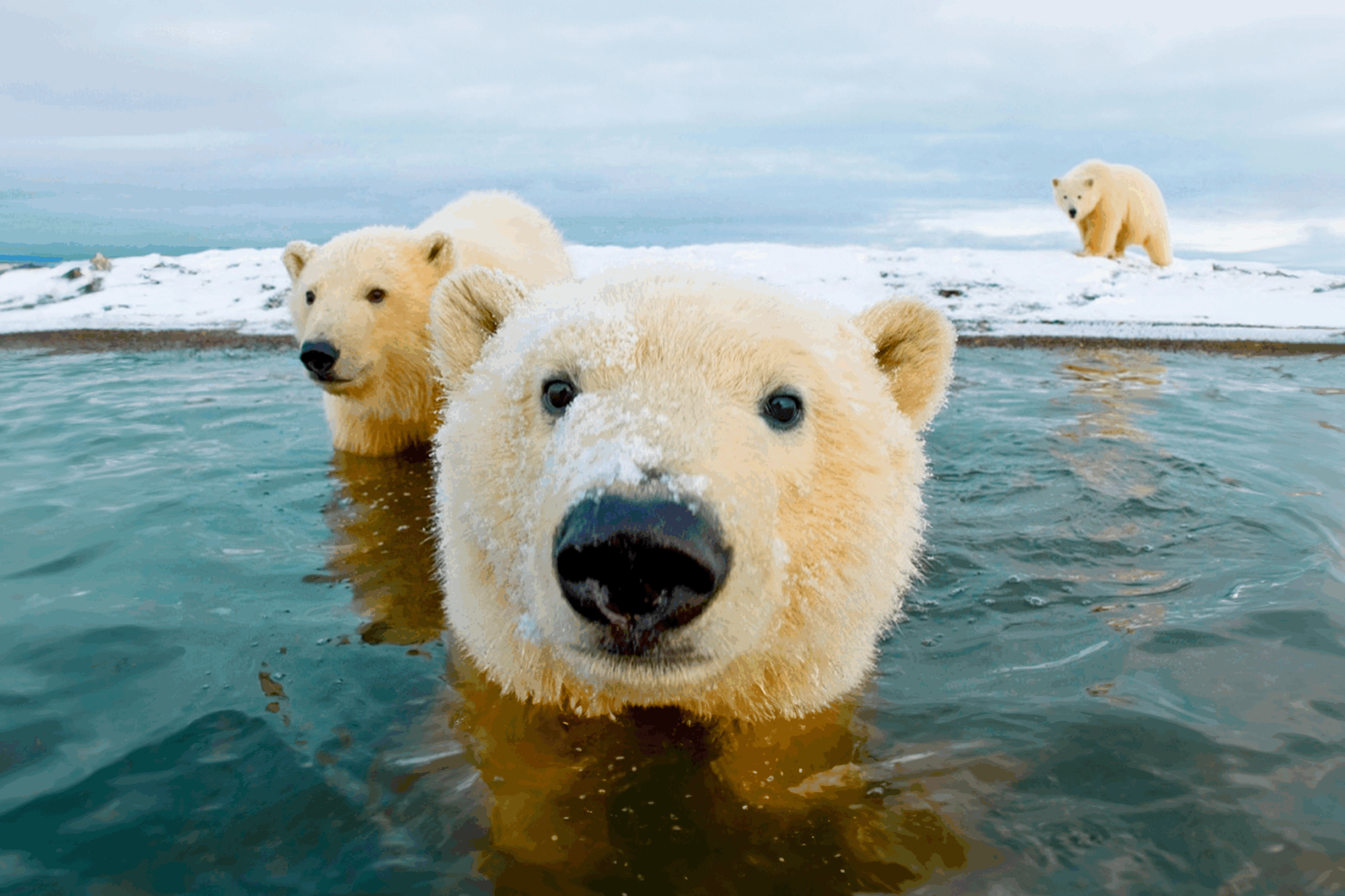Protecting Livelihoods, Protecting Water
We are what we eat.
How we feed ourselves shapes our identities, our families, our communities.
Subsistence cultures often rely heavily on the bounty of rivers and seas, which shape cultural and economic practices. This foundation is threatened by overfishing, industrial poaching, pollution, poorly regulated ship traffic and the impacts of climate change.
We collaborate with local partners to protect traditional livelihoods that feed families, sustain cultural traditions, and protect the water and wildlife local people depend on.


Nurturing Community Solutions
Climate change and excessive exploitation of natural resources threaten local and indigenous economies.
Our Strategy
We partner with local and indigenous groups to protect waters and wildlife, promote sustainable use of local marine resources and protect indigenous hunting and fishing rights.
Our Impact
We help partners maintain healthy populations of Pacific wild salmon. We facilitate cooperation between indigenous fisherpeople and park rangers to patrol rivers to curb industrial-scale poaching in Kamchatka.
We provide technical tools. We adapt the widely used “Spatial Monitoring and Reporting Tool” (SMART) to Kamchatka salmon protection—a first for the species. This quantitative and qualitative tool helps partners evaluate and improve the effectiveness of wildlife patrols and local conservation activities.
We inspire cooperation among diverse stakeholders to address climate change threats. We push for international rules that protect marine life. And we convene indigenous hunters, scientists and officials to ensure traditional knowledge and indigenous concerns help inform how these new rules are put into practice.
